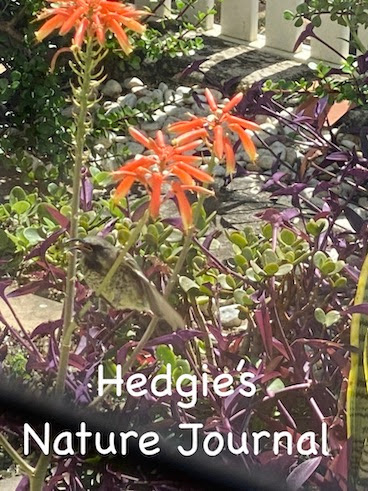Don’t reach for the Doom!
These are the most common wasps and all species build papery multi-celled nests of chewed wood pulp and saliva.
They are highly social. So if you see a paper wasp nest under the eaves, do not reach for the Doom. They are not aggressive and will not attack you. They are keeping the ecosystem in your garden in equilibrium, by preying on insect larvae and aphids.
 |
They gather fibers from dead wood and plant stems, which they mix with saliva, and use it to construct nests made of gray or brown papery material. The resultant wood pulp is remarkably strong.
“Paper wasps have an interesting lifestyle. The nests are usually founded by a single queen. A mated female from the parental nest emerges in spring and starts building the nest. She becomes the queen and is soon joined by other mated females from the same nest to form a colony. The late-comers are relegated to the worker caste. After the queen has started construction of the first hexagonal cell of the nest, the worker females add more concentric circles of cells to enlarge it.
The queen will lay all the eggs. The worker females are destined to be the workers – building the nest, hunting for food and minding the offspring.”
— Read more here :
















